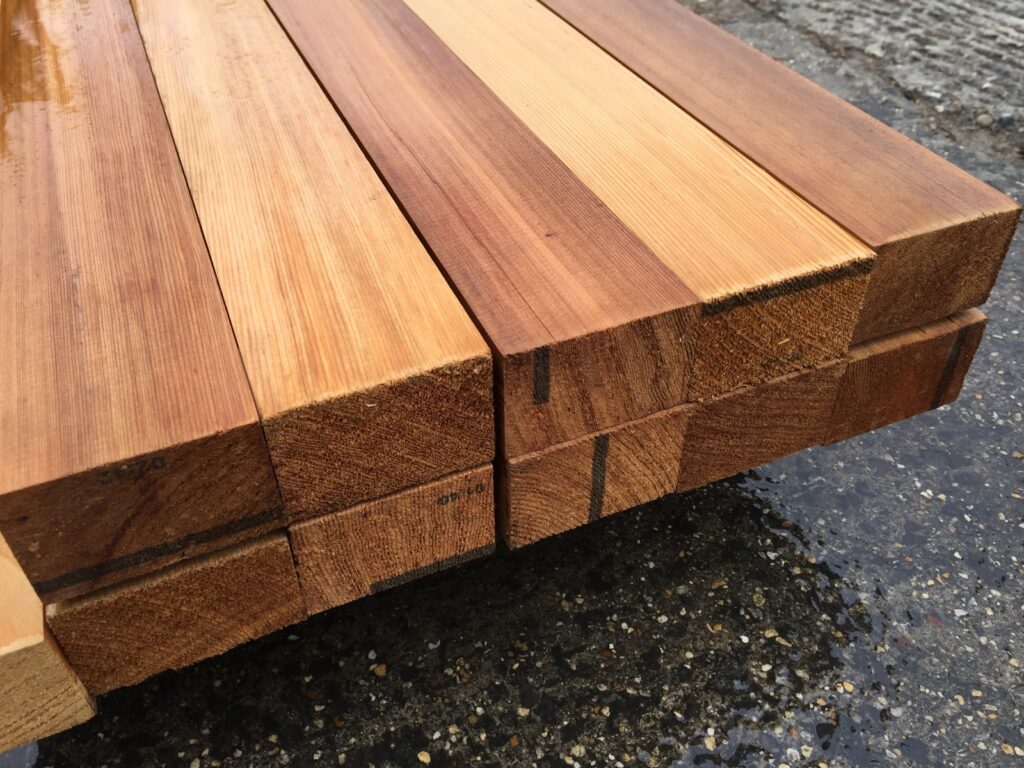In the realm of wood, there’s a sure polish to rough sawn cedar, especially the revered Western Red Cedar. We should leave on an excursion to investigate the rural appeal and reasonable advantages of this immortal wood. From its starting points to its flexible applications, we’ll uncover why cedar wood, particularly Western Red Cedar, holds an extraordinary spot in the hearts and homes of a large number.
Table of Contents
- 1. What is Rough Sawn Cedar?
- 2. Origins of Western Red Cedar
- 3. Characteristics of Western Red Cedar
- 4. Applications in Outdoor Settings
- 5. Indoor Uses: Adding Warmth and Elegance
- 6. Durability and Resistance to Decay
- 7. Environmental Benefits of Choosing Cedar
- 8. Maintenance Tips for Longevity
- 9. Enhancing Outdoor Spaces with Cedar Furniture
- 10. Embracing the Aesthetic Appeal
- FAQs
1. What is Rough Sawn Cedar?
Rough sawn cedar refers to cedar lumber cut from the log using a saw, leaving the surface with a rough texture. Unlike smooth lumber, rough sawn cedar retains its natural appearance, showcasing the intricate grain patterns and knots that add character to each piece.
2. Origins of Western Red Cedar
Western Red Cedar hails from the Pacific Northwest region of North America, where it thrives in the moist, temperate climate. Revered by indigenous peoples for centuries, this majestic tree has long been revered for its beauty, durability, and versatility.
3. Characteristics of Western Red Cedar
Western Red Cedar is renowned for its distinct reddish-brown hue, which deepens over time when exposed to the elements. Its fine, straight grain and natural resistance to decay make it a popular choice for outdoor projects, while its lightweight nature and easy workability appeal to craftsmen and DIY enthusiasts alike.
4. Applications in Outdoor Settings
From fences and decking to siding and pergolas, Western Red Cedar excels in outdoor applications. Its natural resistance to rot and insects, coupled with its ability to withstand harsh weather conditions, make it an ideal choice for enhancing the beauty and functionality of any outdoor space.
5. Indoor Uses: Adding Warmth and Elegance
Beyond outdoor projects, cedar lends its warmth and elegance to indoor settings as well. Interior paneling, trim, and furniture crafted from Western Red Cedar bring a touch of rustic charm to any home or office space, creating an inviting atmosphere that exudes comfort and style.
6. Durability and Resistance to Decay
One of the most prized attributes of Western Red Cedar is its exceptional durability and natural resistance to decay. Thanks to its high levels of natural oils and preservatives, cedar wood stands the test of time, requiring minimal maintenance to retain its beauty and structural integrity.
7. Environmental Benefits of Choosing Cedar
Opting for cedar not only enhances the beauty of your surroundings but also supports sustainable forestry practices. Western Red Cedar is a renewable resource, with forests carefully managed to ensure responsible harvesting and long-term ecological balance.
8. Maintenance Tips for Longevity
To prolong the lifespan of your cedar projects, regular maintenance is key. Periodic sealing or staining helps protect the wood from moisture and UV damage, while routine inspections allow you to address any minor issues before they escalate.
9. Enhancing Outdoor Spaces with Cedar Furniture
Transform your outdoor oasis into a sanctuary of comfort and style with cedar furniture. From classic Adirondack chairs to spacious dining sets, Western Red Cedar offers a timeless elegance that complements any outdoor aesthetic, inviting you to relax and unwind in nature’s embrace.
10. Embracing the Aesthetic Appeal
Beyond its practical benefits, cedar wood captivates with its innate beauty and warmth. Whether adorning your home’s exterior or accentuating its interior, the natural allure of Western Red Cedar elevates the ambiance, creating spaces that are as inviting as they are enchanting.

FAQs
Is cedar wood suitable for outdoor projects?
Yes, cedar wood, especially Western Red Cedar, is highly suitable for outdoor projects due to its natural resistance to decay and insects.
How often should I seal or stain cedar wood?
For optimal protection, it’s recommended to seal or stain cedar wood every 2-3 years, or as needed based on exposure to weather and sunlight.
Can cedar furniture be left outside year-round?
While cedar furniture is durable and weather-resistant, it’s advisable to cover or store it during harsh weather conditions to prolong its lifespan and maintain its appearance.
Does cedar wood require special maintenance?
Cedar wood requires minimal maintenance compared to other types of lumber. Regular cleaning and occasional sealing or staining are typically sufficient to keep it looking its best.
Is Western Red Cedar environmentally friendly?
Yes, Western Red Cedar is considered environmentally friendly due to its renewable nature and sustainable harvesting practices, making it a responsible choice for eco-conscious consumers.
As we conclude our exploration of rough sawn cedar and Western Red Cedar, it’s clear that beyond its practical benefits, cedar wood holds a timeless allure that transcends trends and fads. Whether adorning your home’s exterior or enhancing its interior, the natural beauty, and durability of cedar wood create spaces that beckon you to linger a little longer, basking in the warmth and tranquility it imparts.